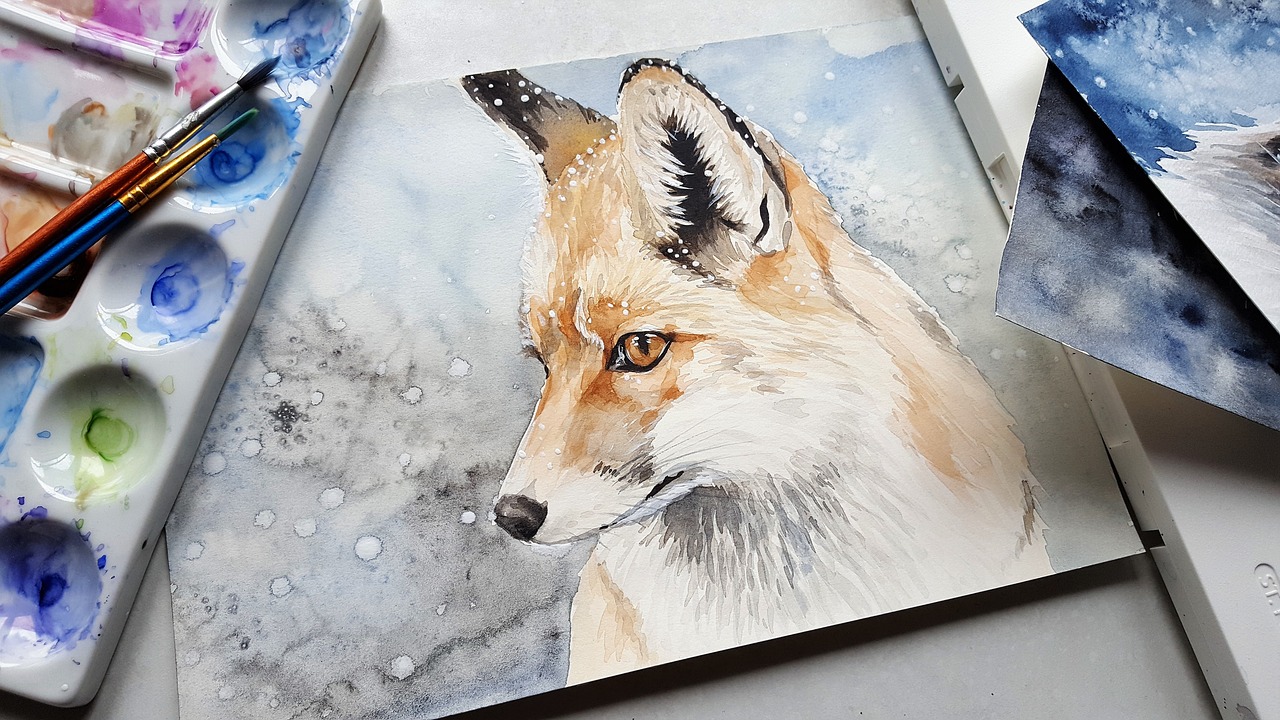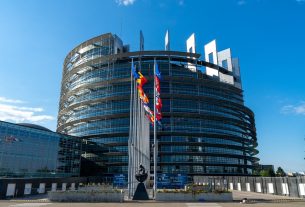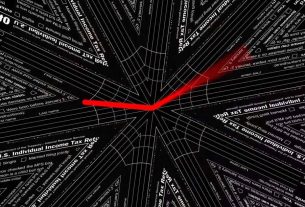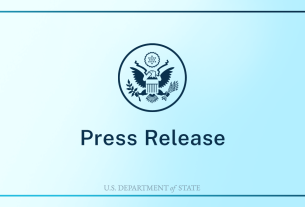Introduction
In a groundbreaking operation, Italian police have uncovered a large-scale, pan-European forgery network responsible for producing and selling fake artworks attributed to some of the most iconic names in modern and contemporary art. These included Banksy, Pablo Picasso, and Andy Warhol, among others. The complex and highly professional operation spanned several countries, including Italy, Spain, Germany, and the UK, with forgeries being sold through auction houses, galleries, and private sales. The investigation sheds light on the vulnerabilities of the international art market and calls for heightened scrutiny in authentication processes.
The Scope of the Forgery Network
According to Italian police, the network was engaged in producing high-quality fakes of iconic artworks that were passed off as genuine. The works involved included:
- Banksy: The street artist’s signature style of politically charged urban art, including works believed to be stenciled and spray-painted, was replicated by the forgers.
- Picasso: Works purportedly by Picasso, including paintings, ceramics, and prints, were among the most forged.
- Warhol: Counterfeit screen prints and paintings mimicking Warhol’s distinctive pop art style were also found to be part of the haul.
The forgeries, some of which were of such high quality that they fooled art experts, were sold for millions of euros to unsuspecting buyers, including through reputable auction houses and private galleries.
How the Network Was Uncovered
The breakthrough came through an international investigation led by Italy’s Carabinieri Art Squad in collaboration with European law enforcement agencies, including Europol. The operation focused on tracing suspicious art transactions and conducting forensic analysis of the works involved.
- Forensic analysis: The Carabinieri utilized advanced forensic methods to analyze the materials used in the artworks. This included pigment analysis, brushstroke pattern matching, and imaging techniques to compare the forged works against authentic examples of the artists’ works.
- Documentation: The forgers also provided fraudulent certificates of authenticity, provenance records, and even auction house confirmations, making it difficult for buyers to detect the fraud.
Once the true nature of the forgery ring was uncovered, Italian authorities carried out raids across several European countries, resulting in the seizure of hundreds of counterfeit artworks and the arrest of multiple individuals involved in the operation.
Role of Auction Houses and Galleries
A key aspect of the investigation was the involvement of auction houses and art dealers. Some of the counterfeit artworks were sold through major European auction houses, where they were authenticated by professionals. Smaller galleries were also involved in selling the forged works. These pieces were often given legitimacy through fraudulent documentation, which made it even harder for art buyers to detect the fakes.
In response to the discovery, several auction houses have pledged to review and tighten their authentication procedures. Experts are now calling for stronger regulations within the art market to prevent similar forgeries from being sold in the future.
Implications for the Art Market
This case highlights the vulnerabilities within the art market, where art transactions often involve high-value items and a lack of standardized verification procedures. As the global art market continues to grow, the demand for high-profile works by artists like Banksy, Picasso, and Warhol only increases. At the same time, the sophistication of art forgeries has escalated, with criminals becoming more adept at replicating the techniques and styles of famous artists.
The financial impact of art forgeries is substantial, with experts estimating that art fraud costs the industry billions of dollars each year. This case may push for increased regulation and due diligence on the part of buyers, auction houses, and galleries to ensure the legitimacy of artworks being sold.
What’s Next for the Art Market?
The discovery of this massive forgery network calls attention to the importance of forensic science in art authentication and the need for greater transparency and accountability in the art world. Given the increasing prevalence of forgeries, industry leaders are calling for more robust vetting processes and closer collaboration between law enforcement agencies, art experts, and auction houses.
References
- Europol – Art Crime
Europol has worked with national law enforcement agencies on tackling art crime. More details on Europol’s efforts to combat art fraud can be found here. - BBC News – Italian Police Seize Hundreds of Fake Artworks
A detailed report by BBC on the bust of the European art forgery network can be found here. - Carabinieri Art Squad
The Carabinieri Art Squad plays a key role in safeguarding Italy’s cultural heritage. You can read about their work and the ongoing investigation in the art crime unit’s official pages here. - The Art Newspaper – How Forged Artworks Are Becoming Harder to Detect
An analysis of the growing sophistication of art forgeries and the measures being taken to combat them is available on The Art Newspaper here.



